Packages & Tutorials
Engineering Files & Tools
Software
Engineering Topics
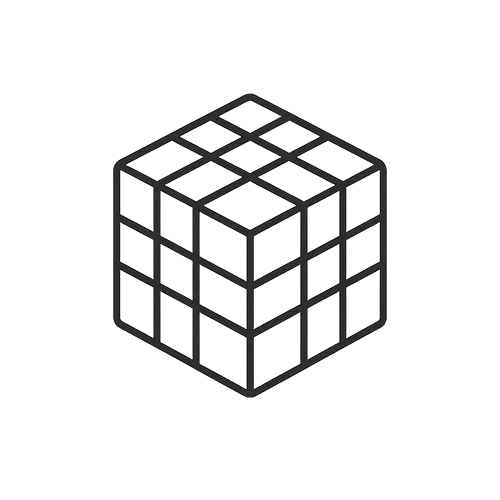
Ready-to-use Models (FEA/CFD)
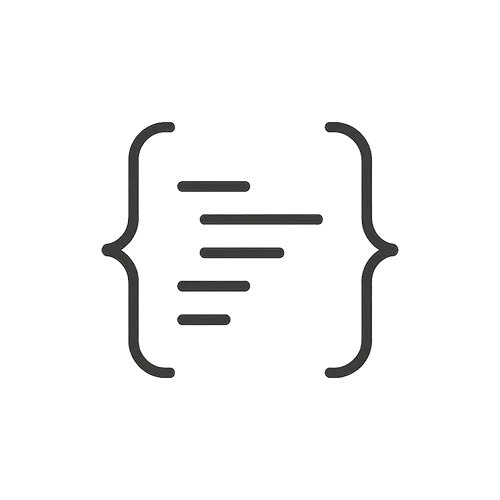
Excel Sheets & Hand Calculations
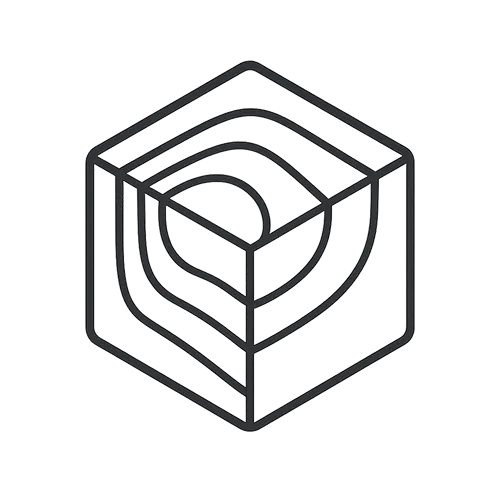
Codes & Scripts
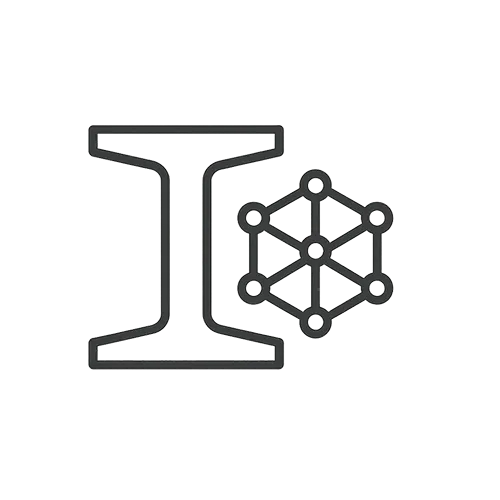
Structures & Materials
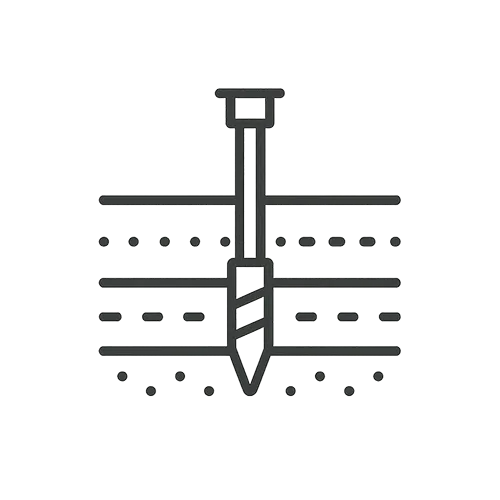
Geotechnical & Soil

Fluid Dynamics (CFD/FSI)
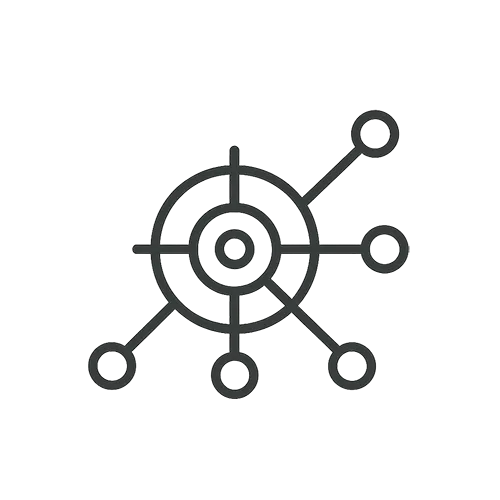







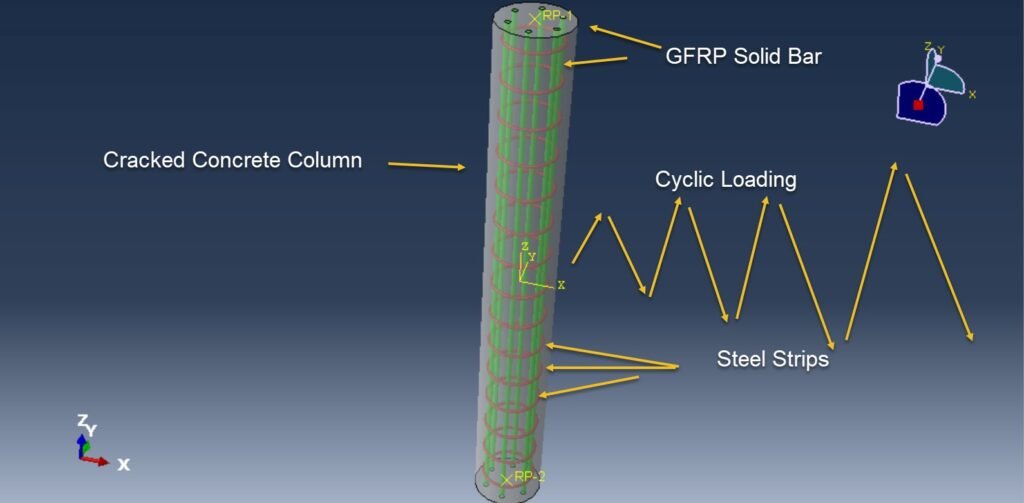
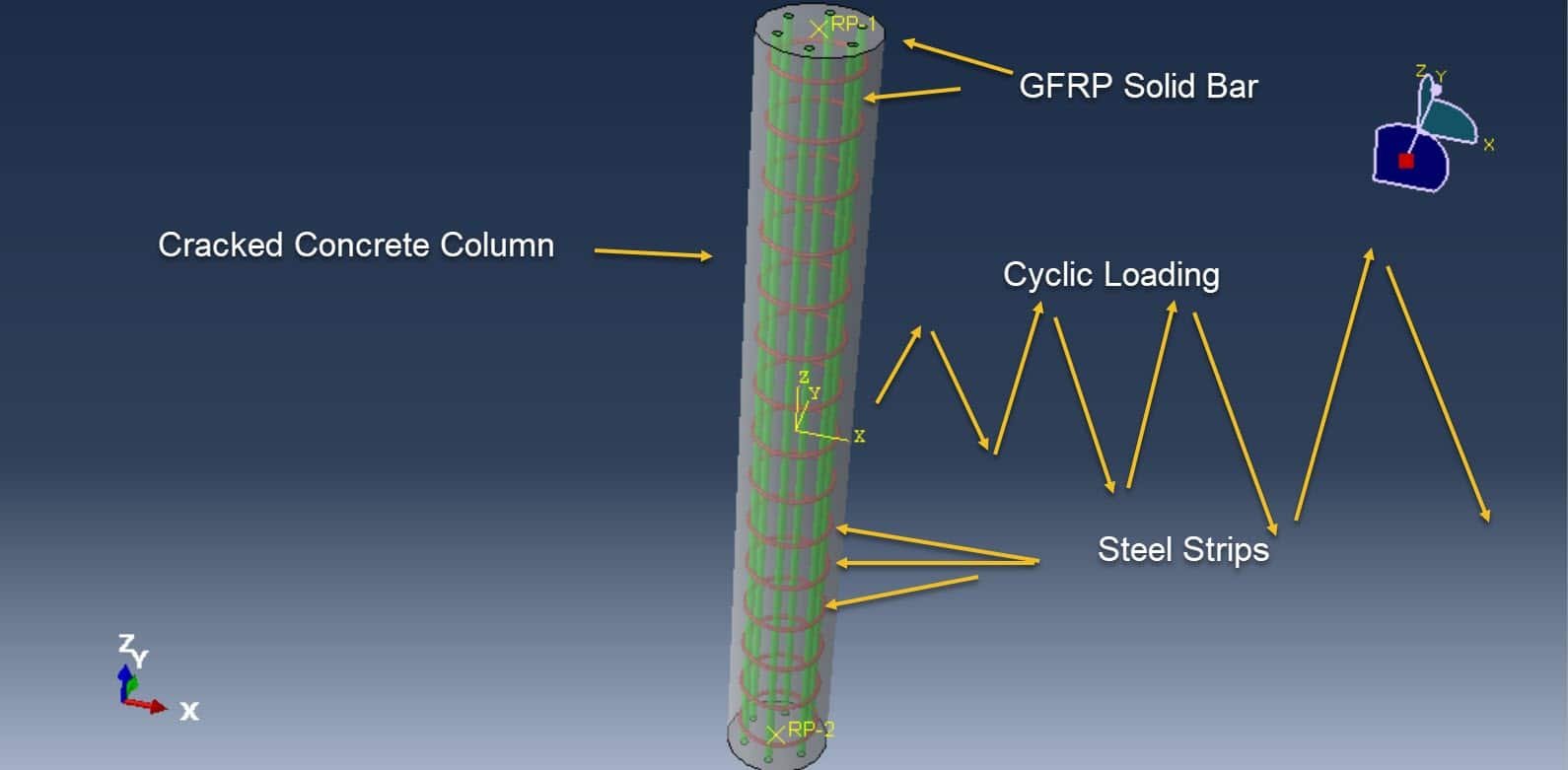




Reinforced concrete (RC) columns are critical structural components in buildings and infrastructure, particularly in seismic-prone regions where they must resist significant lateral and axial loads. Traditional reinforcement using steel bars offers high strength and ductility, but it is susceptible to corrosion, which compromises long-term durability and performance. As a corrosion-resistant alternative, Glass Fiber Reinforced Polymer (GFRP) bars have gained increasing attention in recent years for use in reinforced concrete structures.
GFRP bars offer high tensile strength, low weight, and excellent resistance to corrosion and electromagnetic interference. However, their linear-elastic behavior until failure, low modulus of elasticity, and lack of yielding pose challenges in seismic applications where energy dissipation and ductility are critical. When RC columns reinforced with GFRP are subjected to seismic loading, the structural performance is further complicated by the formation and propagation of cracks in the concrete. These cracks influence the stress distribution, stiffness degradation, and energy dissipation capacity of the column

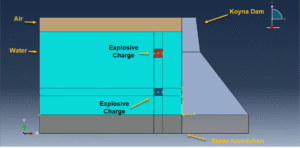
Abaqus
€35,00 €30,00
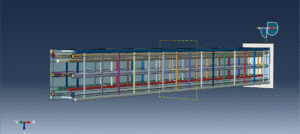
Abaqus
€45,00 €30,00
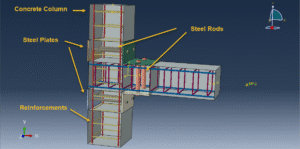
Beam
€50,00 €30,00
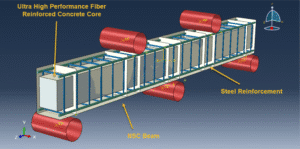
Abaqus
€45,00 €29,00
See more

Want to receive push notifications for all major on-site activities?